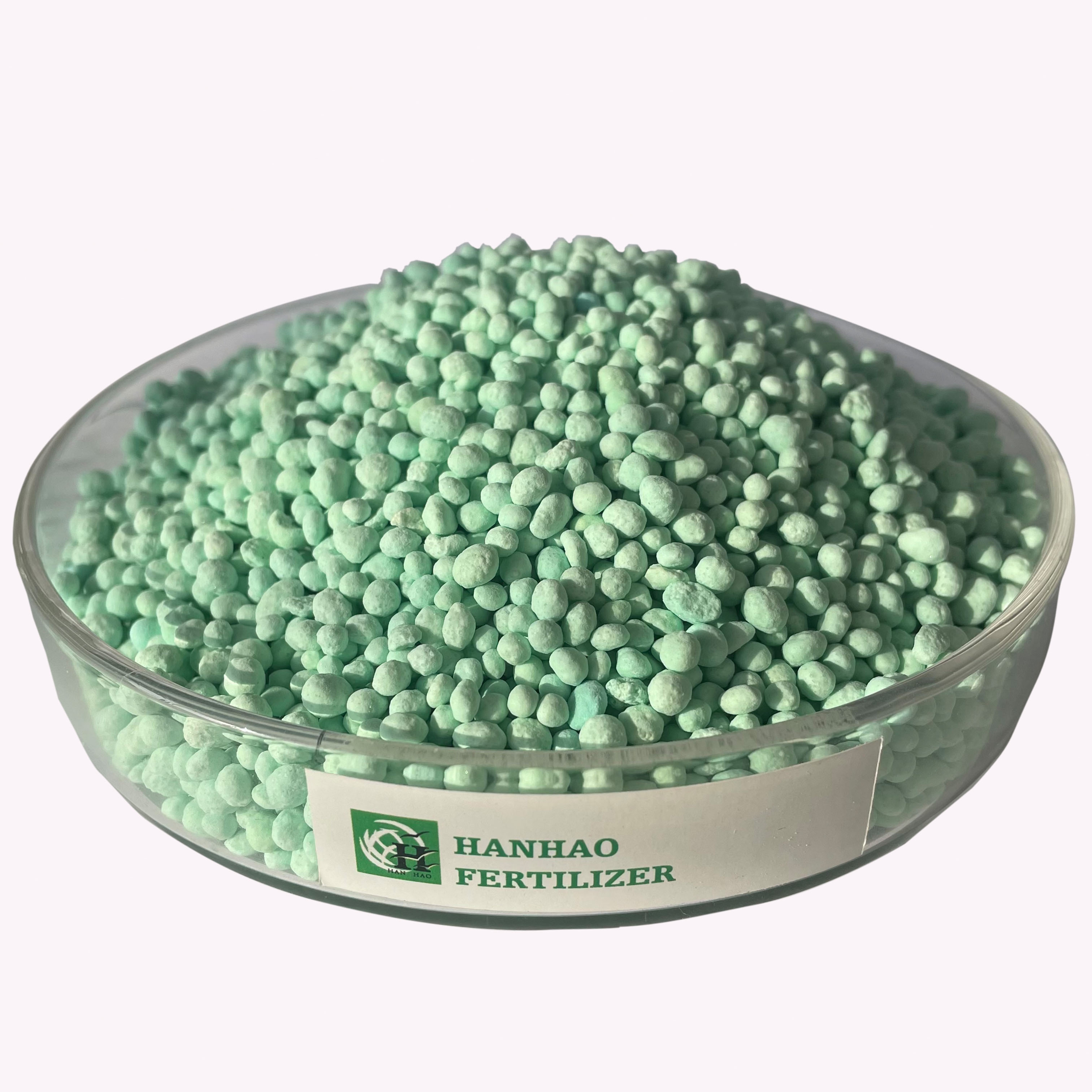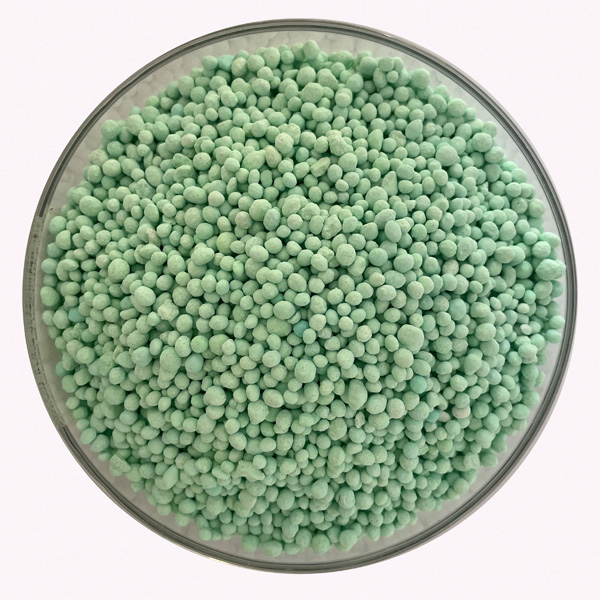
Oct . 03, 2025 11:35 Back to list
Organic Manure Compost: Slow-Release Power—Why Choose It?
Organic Manure Compost Meets Modern NPK Granules: What’s Working on Real Farms
When growers talk about yield without sacrificing soil health, organic manure compost usually shows up in the first five minutes. Lately, the quiet trend is pairing it with precision-made NPK granules. I’ve walked enough fields to see why: compost feeds the soil food web; engineered granules feed the crop on schedule. It’s a pragmatic, not ideological, marriage.

Product at a Glance
From A-713, Zhengyang City Square, Chang’an District, Shijiazhuang, Hebei, China, the NPK Compound Fertilizer granular High Tower Granulation / Tumbling Granulation line slots neatly into compost-based programs. Many customers say the granules are consistent and surprisingly low-dust, which matters when you’re blending with organic manure compost in bulk mixers.
| Product Name | NPK Compound Fertilizer (High Tower / Tumbling Granulation) |
| NPK Formulas | Customizable (e.g., 15-15-15, 17-17-17, 20-10-10) ±0.5% assay, real-world may vary |
| Raw Materials | Urea, ammonium sulphate, MAP, KCl/K2SO4, KNO3; trace elements (MgO, Mn, Cu, Zn, Fe, Mo, EDTA chelates) |
| Granule Size | 2–4 mm ≥90% |
| Moisture | ≤2.0% |
| Packaging | 10kg / 25kg / 50kg / Jumbo bag; OEM color granules available |
| Capacity | ≈26–27 tons per 20GP container111 |

Process, Methods, and Testing
Two routes: high-tower melt granulation for dense, uniform spheres; tumbling granulation for cost-effective, robust beads. Blends match field goals—fast early vigor or steadier release to complement organic manure compost.
-
- QC: AOAC methods for N (Kjeldahl 984.13) and P (983.02); sieve analysis; dust index; heavy metals checks aligned with EU 2019/1009.
- Typical test data (batch ref.): CV for nutrient uniformity - Shelf life: 24 months sealed/dry; field “service window” of nutrient availability ≈30–60 days depending on rainfall and soil CEC.

Where It’s Used (and Why)
Industries: open-field grains, orchards, protected veg, turf/golf, landscaping. Application scenarios include base dressing with organic manure compost at planting, then side-dress NPK at tillering/fruit set; or fertigation with screened granules in drip systems (check solubility).
Advantages I’ve seen in the field: quicker early growth, steadier fruit fill, and fewer logjams at the spreader thanks to consistent 2–4 mm size. And yes, fewer dusty loads.

Customization and Compliance
-
- Custom NPK ratios, micro-package (Zn, B, Mn), anti-caking, polymer coating options.
- Labels and OEM colors for distributor programs.
- Supports documentation for EU Regulation 2019/1009 compliance and compost quality alignment with PAS 100 where relevant.
Vendor Snapshot (real-world, ≈ values)
| Vendor | Lead Time | Customization | Certs/Docs | Price/ton | After‑sales |
|---|---|---|---|---|---|
| HH Fertilizer (Hebei) | 10–18 days | High (OEM NPK, color, trace) | COA, AOAC test reports, EU 2019/1009 support | Mid | Field-use guidance |
| Domestic Competitor A | 14–25 days | Medium | Basic COA | Low–Mid | Limited |
| Importer Brand B | In‑stock / 7–10 days | Low | EU label set | High | Hotline only |

Case Notes and Feedback
Hebei apple blocks: 8–10 t/ha of organic manure compost pre-plant, followed by 17‑17‑17 at 300 kg/ha split—fruit size improved ≈6% and color was more uniform, per packhouse records. Shandong greenhouse tomatoes used compost rows plus 20‑10‑10 at 200 kg/ha; growers reported steadier brix and fewer blossom-end issues. To be honest, it’s not magic—just balanced nutrition and decent timing.
Standards and References
Programs blending engineered NPK with organic manure compost are typically aligned with FAO nutrient stewardship, EU 2019/1009 fertilizer rules, PAS 100 compost quality, and AOAC analytical standards.
- FAO. Soil health and sustainable plant nutrition guidance (latest overview).
- European Union. Regulation (EU) 2019/1009 on fertilising products.
- BSI. PAS 100:2018 Specification for composted materials.
- AOAC Official Methods 984.13 (Total Nitrogen, Kjeldahl) and 983.02 (Phosphorus).
-
Sustainable Growth with Organic Phosphate Fertilizer | Benefits & Innovations
NewsNov.24,2025
-
Organic Phosphorus and Potassium Fertilizer: Sustainable Soil Nutrition & Global Impact
NewsNov.24,2025
-
Organic Phosphorus Fertilizer: Sustainable Nutrient Solutions for Modern Agriculture
NewsNov.23,2025
-
Sustainable Growth with Organic Phosphorus Plant Fertilizer | HH Fertilizer
NewsNov.23,2025
-
Organic Plant Meal Fertilizer for Sustainable Agriculture – Benefits & Innovations
NewsNov.22,2025
-
Organic Plant Root Fertilizer – Sustainable Solutions for Healthy Soils & Stronger Plants
NewsNov.22,2025
